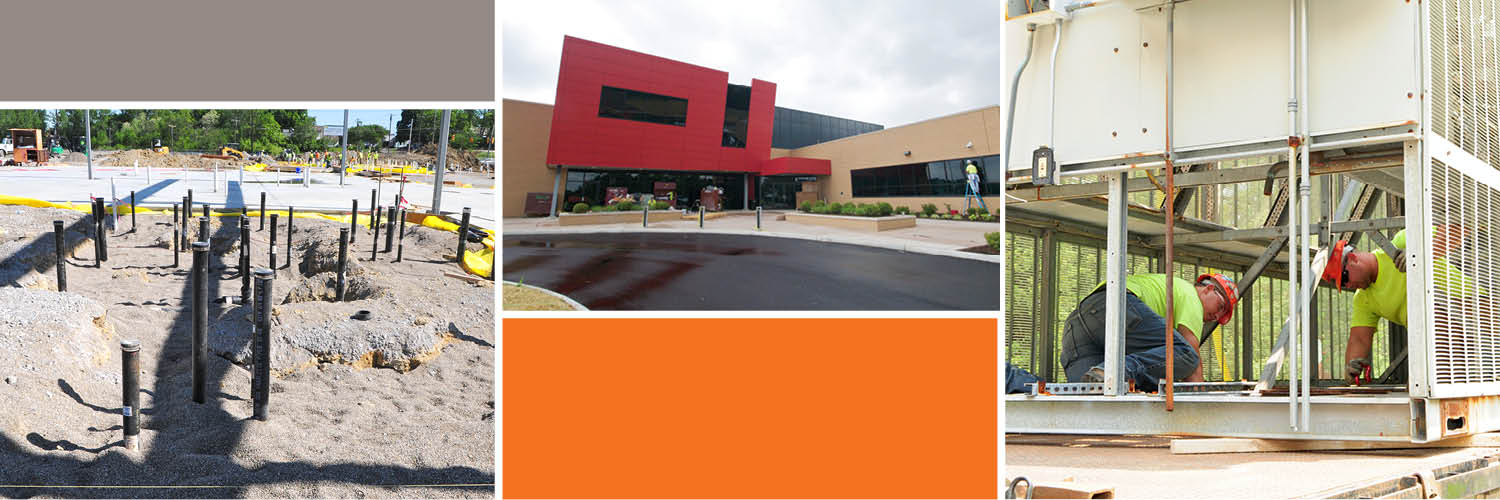Presented by TP Mechanical | Provided by: Matt Houston
CAD drafting and preconstruction coordination has come a long way in the past five years. Typically, this was completed on-site, in the General Contractor’s trailer, overlaying plans on a light table to determine collisions and conflicts between trades. This was a very involved and timely process, with many hands drawing their own plans in two dimensions.
The evolution of the CAD department has moved into drawing all of its plans in three dimensions, allowing for true-to-form coordination and more timely and accurate prefabrication.
New tools we use during the typical coordination process:
1. Autodesk Fabrication – Formerly CAD-MEP+ from TSI Software, Autodesk Fabrication is the foundation of all of our drafting today. With the use of Design Line elements and the Attacher tool, it is possible to create real-life installation drawings, using actual fitting sizes and piping materials with each system.
2. Autodesk Navisworks – Purchased by Autodesk in 2007, Navisworks provides software for 3D coordination, collaboration and sequencing in design and construction. Interference management tools help design and construction professionals anticipate and avoid potential problems before construction begins, minimizing expensive delays and rework.
3. Autodesk Revit – Architects and Engineers are moving (or have moved to) Revit for their construction drafting. Revit provides a much simpler interface to create a complex construction model and the pertaining documentation. CAD technicians can use Revit to extract 3D models of the building and structure to allow for even more detailed coordination. It is also possible to receive correctly sized equipment for use in coordination and prefabrication.
 4. Citrix Goto Meeting – Travelling to job sites is becoming a thing of the past. Using the software tools, we can have our meetings online, often making changes to our drawings on-the-fly, making the coordination process even more streamlined. Also, less driving saves costs to the project, trimming bids to increase work backlog and also trimming our carbon footprint.
4. Citrix Goto Meeting – Travelling to job sites is becoming a thing of the past. Using the software tools, we can have our meetings online, often making changes to our drawings on-the-fly, making the coordination process even more streamlined. Also, less driving saves costs to the project, trimming bids to increase work backlog and also trimming our carbon footprint.
5. Citrix Sharefile – File transmission can be unwieldy, especially if you must use an antiquated FTP system that is unreliable and unsecure. Enter Sharefile, which allows us to share specific files with specific individuals. It also allows customers to upload their files to us securely. It is now possible to make project files available to field personnel as well as other trades working on the project, while keeping the files secure.
